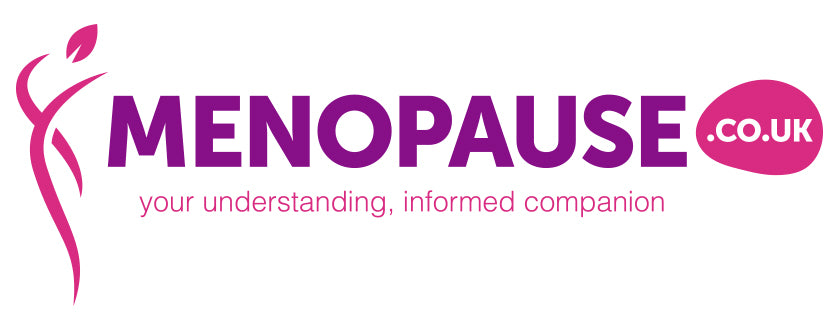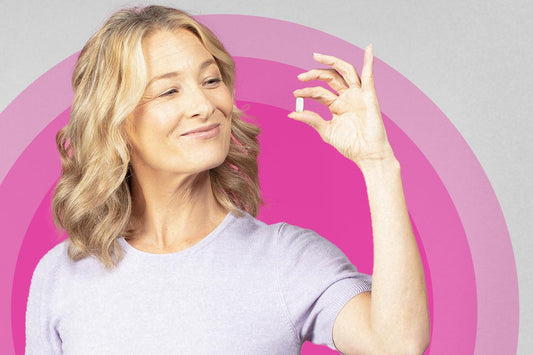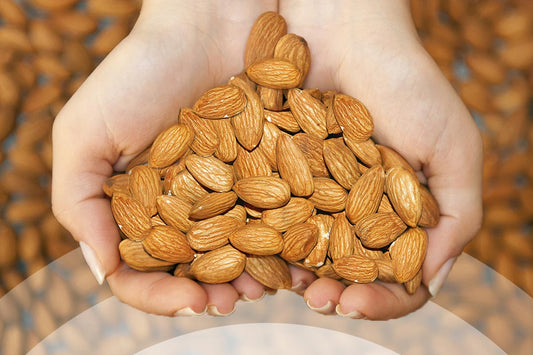Keeping on track to stay healthy can be a huge challenge when grabbing food on the run, but with a little bit of awareness, making healthier choices doesn’t have to be hard.
Most people struggle with properly balancing their diet. A balanced diet means consuming the right ratio of protein, fats, and carbs at each meal. Whilst this may sound like a maths conundrum, with a bit of knowledge it’s simple to get your head around.
The key thing to focus on here is the protein, which is the most essential constituent of any meal. When we don’t have enough protein, we end up with imbalanced blood sugars, low energy, weight fluctuations, hormone irregularities, and immune issues.
Whilst there are many foods that contain protein – such as nuts, cheese, and quinoa – to be sure of getting an adequate protein amount we need to make sure we have a dedicated protein source at each meal. This could be a serving of meat, fish, eggs, tofu, or vegan protein powders.
Rather than opting for sandwiches, making sure that the core of your meal is protein is the way forward. In most convenience stores you can buy packs of ham or cooked chicken and many food outlets are now selling boiled eggs as an easy protein source.
Fats are the next component to add to your meal. Great fat sources would include nuts, cheese, avocado, olives, or olive oil. Fats are essential for many processes in the body including the creation of hormones and boosting our satisfaction hormone. Low fat is not healthy: never has been, never will be.
Now we come to the carbs.
Carbohydrates are broken down into two categories: non-starchy and starchy carbs.
Non-starchy carbs are our green leafy veg, salads, and brassicas: these we can eat in unlimited amounts to bulk out our meals. These non-starchy veg are great for adding fibre to our diet and packing it out with phytonutrients.
Starchy carbs are all the ‘fun’ things like fruit, potato, grains, rice, legumes, alcohol, chocolate, cake, fizzy drinks, and sugars. Eating starchy carbs is essential but the key is moderation. Each meal should only contain one portion (half a cup) of starch. Too many and we are going to create huge hormone instability that can lead to headaches, IBS, fatigue, weight issues, diabetes, period problems, immune dysfunction and, and, and …
Whilst on the subject of grains, many people notice that they experience symptoms when eating wheat so swapping the bread or wraps for rice cakes and oatcakes is a good option here.
Keeping our mindset on ‘what’s my protein, where is my fat, and which starchy carb am I having?’ when choosing our food is a great way to stay on track.
Let’s imagine a scenario where you are in a convenience store. People often say that there is no choice but to grab that ham and cheese croissant from the warm display but breaking food down into these categories means you can quickly make your choices. Instead, you can grab a packet of ham or chicken or a tin of tuna for your protein, a tub of olives, some cheese or nuts for your fat, and a bag of salad for your non-starchy carbs (though this might be a bit fiddly if you are in transit). For your starchy carb portion, some oatcakes or rice cakes are great unless you wanted something sweet in which case you can opt for fruit or a few squares from a bar of dark chocolate. Simple.
If you are really pushed and can’t find anything and grab that ham and cheese croissant, don’t panic. Just try and make sure your next meal has fewer starches in and focus on the protein, fat, and non-starchy carbs.




